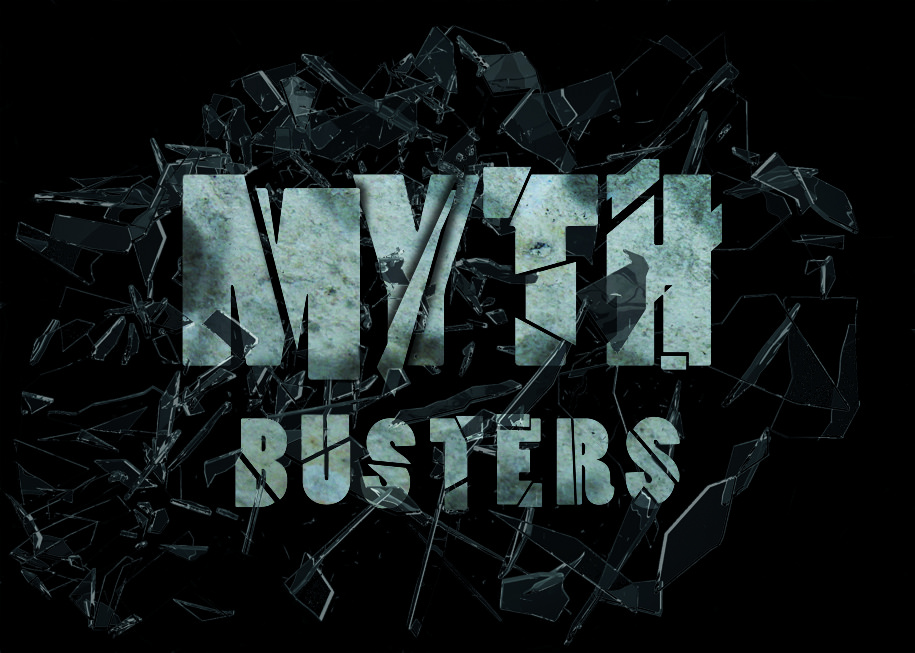Streaming data and analytics is catching hold across today’s markets, providing powerful tools for organizations to sense, understand and respond to what is happening across markets and geographies in real time. However, many executives lack a clear understanding of the technology and applications.

Here are some of the leading myths that hold back successful streaming data and analytics efforts.
Myth #1: Streaming data is only for media/telecom companies.
Media, broadcast and telecom companies are currently capitalizing on the power of streaming in a big way. However, the range of potential applications extends far beyond streaming media. Industrial companies, for example, can monitor product performance long after the sale. Marketers can track customer preferences. The possibilities are only going to grow.
Myth #2: There’s a lot of data that needs to be captured.
Actually, the key to business value is being able to identify and capture the right bits of data that are of material importance to the organization. The challenge is determining in real time what data is of value, and filtering out the irrelevant data from the firehose.
Myth #3: IoT devices in the field will provide real-time data streams on-demand.
Unfortunately, it’s a very diverse world when it comes to devices and sensors, built by many different manufacturers, adhering to many different standards. As a result, IoT devices operate on different networks and have differing latencies. Analytics is required to pull together and rationalize data from across a number of devices. As such, response times might extend to accommodate the highest latency streams.
Myth #4: Some data cannot be streamed.
Actually, all data is streamable, regardless of origin or intent. It could be data coming for a relational data application, or from an IoT device. It’s up to the business to decide if this data would be of value streamed in real time to applications, decision-makers or customers.
Myth #5: Streaming data and analytics is a new concept.
Streaming solutions have been around for many years, incorporated into offerings such as complex event processing engines. Devices with real-time operating systems have been pumping out data, but until recently, this data has never been captured for analysis. Lately, these solutions are becoming mainstream, being adopted for a range of business purposes.
Myth #6: A streaming data and analytics solution is expensive to implement.
At one time, anything connected to real-time processing was more expensive than batch-oriented solutions. However, with the rise of cloud solutions and networks, robust streaming platforms can be quickly adopted. The cloud model, with pay-per-usage plans, offers avenues by which organizations can rapidly embrace streaming capabilities at a relatively low startup cost.
Myth #7: Streaming data and analytics requires specialized skillsets.
The skillsets required to build and manage big data sets, frameworks, IoT, and analytical tools will readily incorporate streaming capabilities. Yes, it may be a challenge to staff a data-driven organization, but these same skills are applicable to streaming data and analytics initiatives. The emerging range of cloud solutions also relieves organizations of the need for full-functioning technology staffs to manage the opportunity.
Myth
#8: Streaming and batch data do not go together.
The value of streaming data will be realized when it’s used in conjunction with traditional batch data. The great opportunity is to integrate legacy systems with new streaming platforms or services.





















